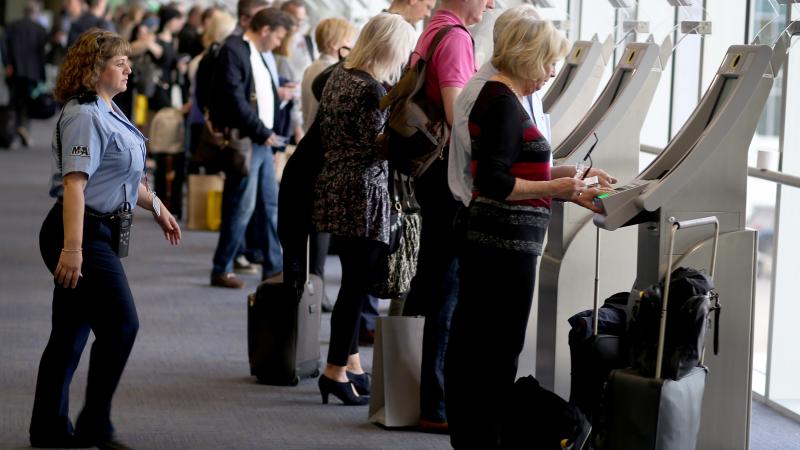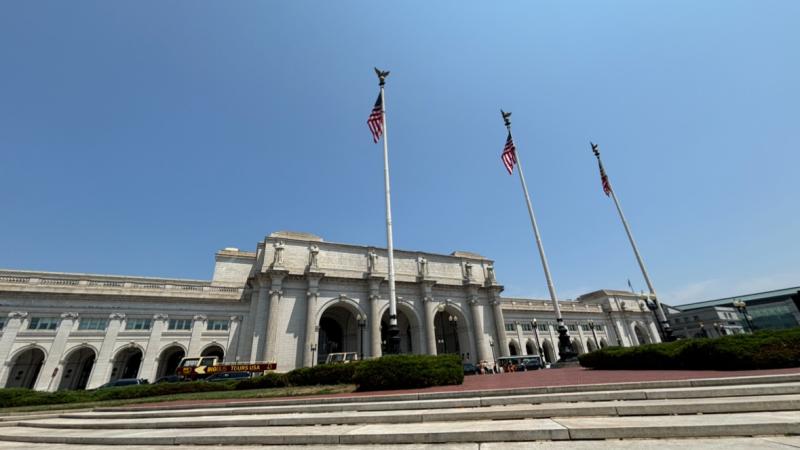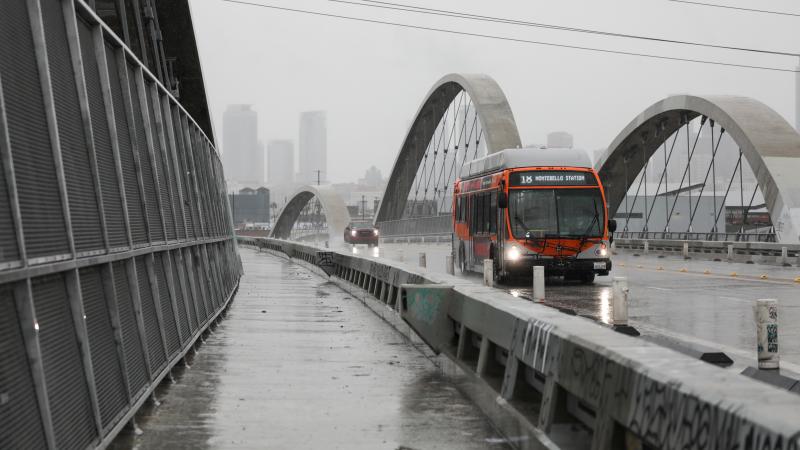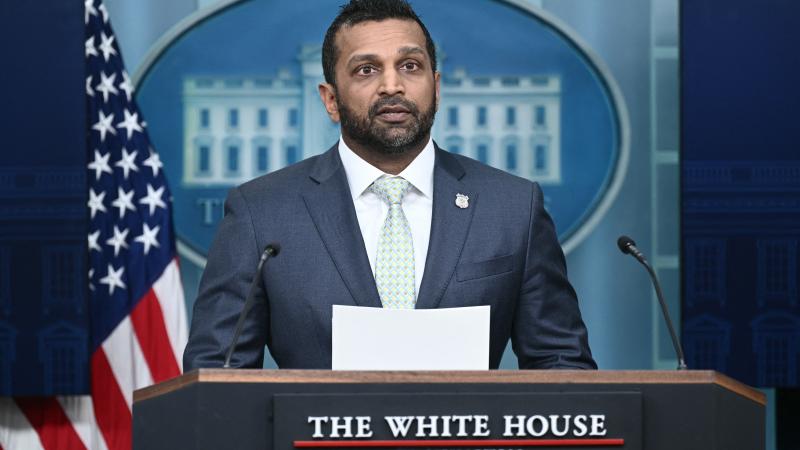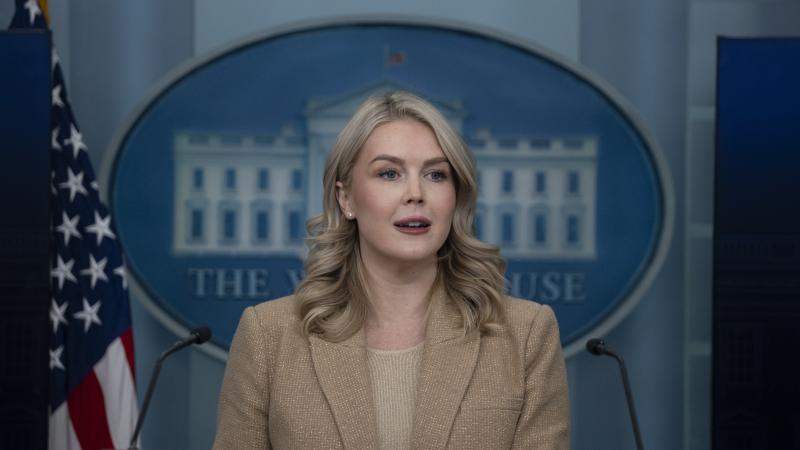FAA extends, increases flight limit at Newark airport until October 2026
"The goal of the reduced rates is to continue maintaining safety while alleviating flight delays due to staffing and equipment challenges, resulting in smoother travel into and out of Newark," the FAA said
The Federal Aviation Administration increased the limit on the number of flights at Newark Liberty International Airport in New Jersey, but extended the cap until October 2026.
The FAA announced Thursday that an order from June that limited the number of departure and arrival flights at the airport to 68 per hour through December would be extended, effective next month. From Oct. 26, 2025, through Oct. 24, 2026, the Newark airport will be limited to 72 departure and arrival flights per hour.
The action follows constructive comments from the airport operator and airlines on the extension to help with congestion at Newark, the FAA said.
"The goal of the reduced rates is to continue maintaining safety while alleviating flight delays due to staffing and equipment challenges, resulting in smoother travel into and out of Newark," according to the agency.
Limits on flights came after Newark experienced disruptions, such as runway construction, a shortage of air traffic controllers, and technology issues, The Hill reported.
Last month, the FAA issued a ground stop at the airport due to technology outages and air traffic controller communication issues.
The Newark airport is one of the top international hubs for United Airlines, which noted that as a result of the flight limits, the airline "recently celebrated its best operational summer ever" at the New Jersey airport.
“Thanks to Secretary Duffy and Administrator Bedford for their leadership in finalizing these capacity reductions for the upcoming seasons – Newark is running better than ever and operating at a level on par with the other major New York City area airports,” United CEO Scott Kirby said in a statement on Thursday.
“Now that airline schedules match the actual capacity at EWR, things will only get better as we head into the fall and winter seasons and we look forward to continuing to work with DOT and FAA on a long-term solution to manage the airport’s capacity,” he added.
